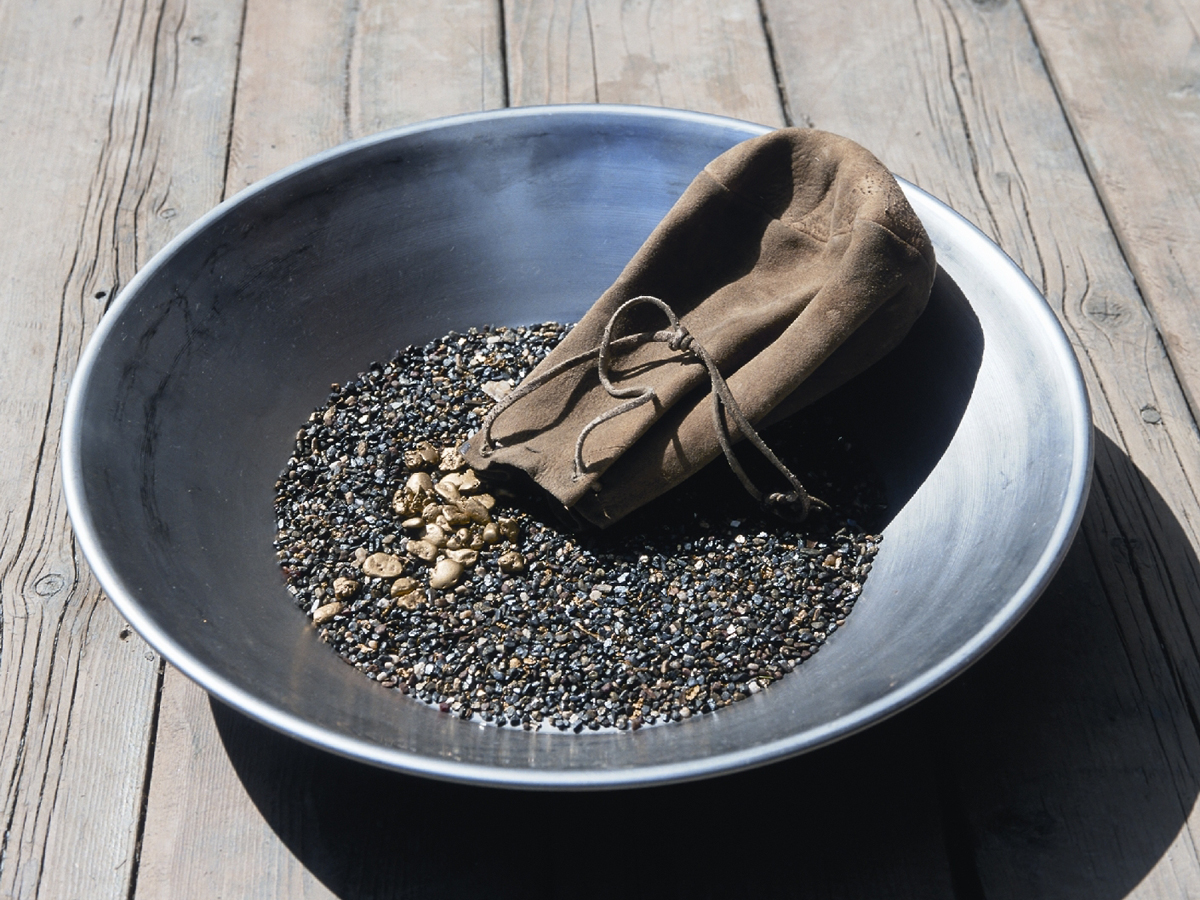10 Facts About the Klondike Gold Rush

The Klondike gold rush was a fairly brief but very impactful period in Alaska and Yukon history, where would-be prospectors flocked to remote gold fields between 1896-1899 after the mineral was discovered. It attracted roughly 100,000 people with dreams of striking it rich, although only around 30,000 individuals completed the journey. In 1899, gold was found in Nome in Alaska’s Far North region and the rush in the Klondike became yesterday’s news. The events of the gold rush shaped the area and are still evident today. Here are just a few historical nuggets to accompany you on your next journey across Alaska and the Yukon.
- Gold was discovered along Bonanza Creek, a tributary of the Klondike River, on Aug. 16, 1896. By the end of the month, the entire creek was marked by claims from miners. However, it wasn’t until the following summer that word got out across the Pacific Northwest and people really began to flock from far and wide.
- The news of gold up north had a significant impact in the United States because it came at a time of recession, even panic. Gold was already high in value, while faith in banks and paper money was low.
- Most of the prospectors were just regular people – even the mayor of Seattle resigned from his position to search for gold.
- There were two main trails to gold fields leading from supply stops: the Chilkoot Trail from Dyea and the White Pass Trail out of Skagway.
- Gold seemed like the perfect way to get rich quick, but the journey was brutal and there was truthfully nothing quick about it. The Chilkoot Trail crossed through the steep Chilkoot Pass and was full of danger, disease, hypothermic conditions and even avalanches. The pass was often too steep for pack animals, so would-be miners had to haul everything themselves. The White Pass Trail, on the other hand, was considered the newer route to the Klondike. Although it was not as steep as the Chilkoot Trail, its mud made the trail nearly impassible in the fall.
- As mandated by officials, travelers had to bring a year’s worth of food with them on the journey, which was impossible to carry in one trip. In fact, it often took 20 to 30 trips.
- Boomtowns like Dawson City, Yukon, sprung up quickly due to the influx of miners. Saloons, offering plenty of opportunities for gambling, also sprung up quickly due to the influx of wealth.
- When all was said and done, only a few hundred people truly got rich from finding gold during this time. Regardless, the adventurous prospector spirit permeated the area’s culture. Many returned home not rich with gold, but in adventure.
Just because the gold rush is history doesn’t mean there isn’t still gold to be found! You can try your hand at prospecting with one of our exciting tours. Check out a gold dredge in Fairbanks, pan for gold with the help of Prospector John in Cooper Landing, or even take a wilderness gold panning adventure in Talkeetna.
Back to Blog